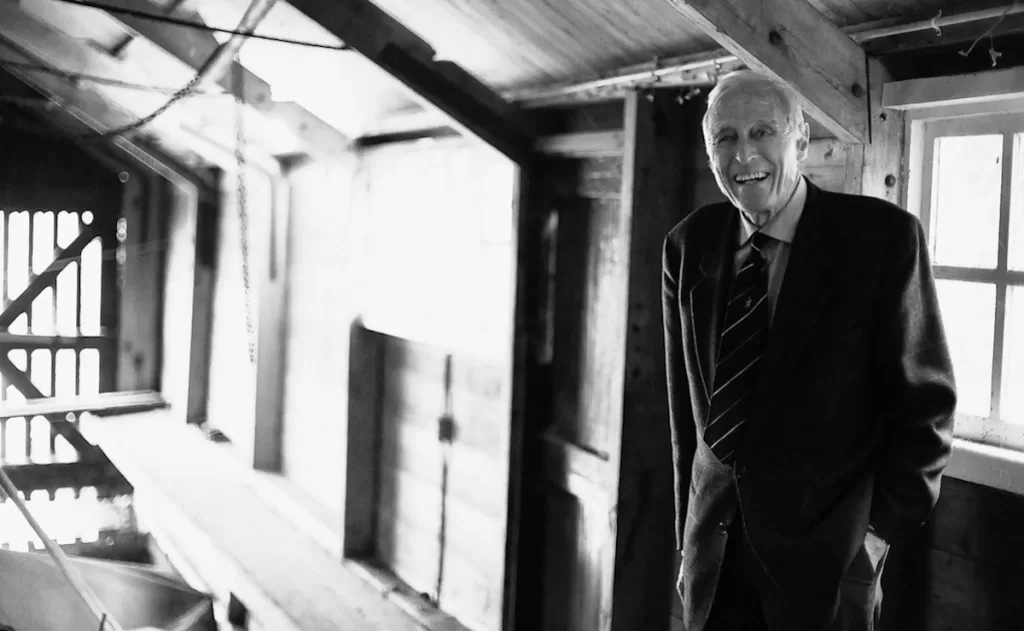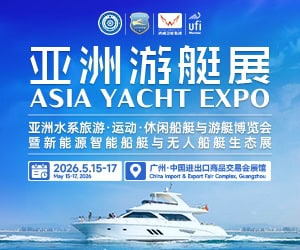Naval architect Frits de Voogt has died at the age of 96.
Frits played a prominent role in the superyacht world for many decades, with his work characterising every Feadship for nearly 40 years.
He was born in 1927 in Haarlem, The Netherlands and studied shipbuilding engineering at Delft University of Technology.
The son of Henri de Voogt, also a naval architect who designed steel pleasure boats for the founding shipyards of Feadship, Frits intended to design big ships.
He was a pivotal player in Feadship’s rise to global prominence between 1960 and his retirement in 1995, however after his official retirement, Frits continued to attend almost every Feedship launch.

“I did not want to draw boats when my father first asked me back in the early 1950s and I’m not sure I would have been cut out for designing the mini-cruise liners that many modern superyachts have become today,” he said in an interview in 2017.
“I can honestly say that I was not especially interested in the steel cruisers that my father Henri de Voogt was drawing, or in the yards where those boats were being built. I thought I was going to design much bigger vessels but then my father suffered a stroke in 1958 and needed help running the De Voogt Naval Architects office. I did manage to conclude my studies – it was important to have the right papers in those days – but I’d been drawn into the Feadship world and would never escape.”
Among the highlights of this period was flying to the United States in 1961 to meet Henry Ford II and sealing the deal for the iconic Santa Maria.
Another was the launch of the 35.25m Camargo IV, in 1960, the first Feadship that he could call his own in terms of design and naval architecture.
“The Feadships were getting bigger, and owners were looking for greater comfort. Camargo IV was a big step forward with first-time features such as retractable stabiliser fins (reducing roll by 85%) and central air conditioning.”
But he always believed in teamwork and the fact that he was not alone.
Setting an example
“You can’t do anything on your own,” he said. “The success of Feadship has largely revolved around teamwork and people being prepared to follow the example of others.
“There will always be times when you disagree but teamwork means being prepared to forget and move on.”
And he explained that this was especially true in the days when improvisation was still the name of the game in yacht building before computerisation made things more controllable.
“Unless you are entirely brilliant on your own, you’ve got to share your experiences with others,” he explained.
In paying tribute to him, Feadship called him “the grand master of De Voogt Naval Architects for decades.” In a statement, the yard added: “Together with his team, he shaped the dreams of demanding Feadship customers. The designs were unique and are still the basis of today’s Feadship yachts. Even after his retirement, he remained involved and interested in yacht building, always astute and always modest.
“Frits was a mentor of the current leaders of Feadship. We bow deeply to this cheerful, friendly and sometimes strict giant.”
Frits died in his native Haarlem.






